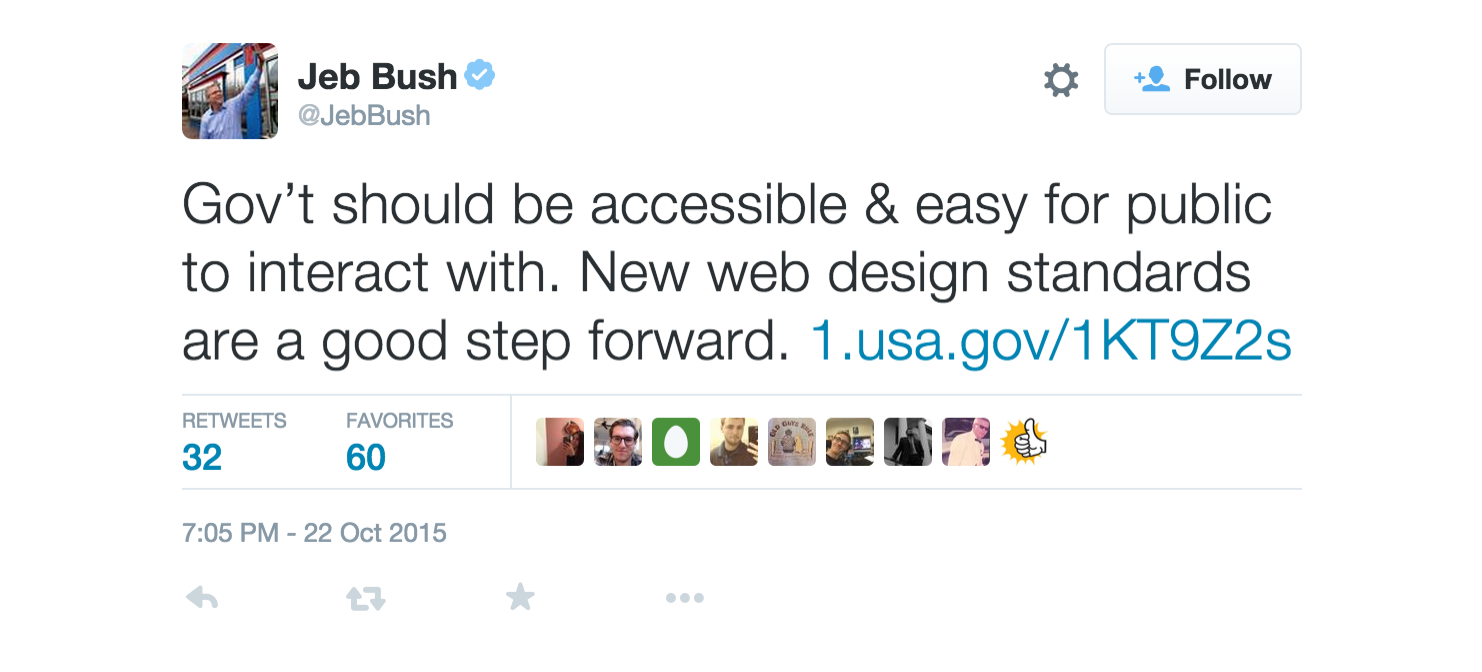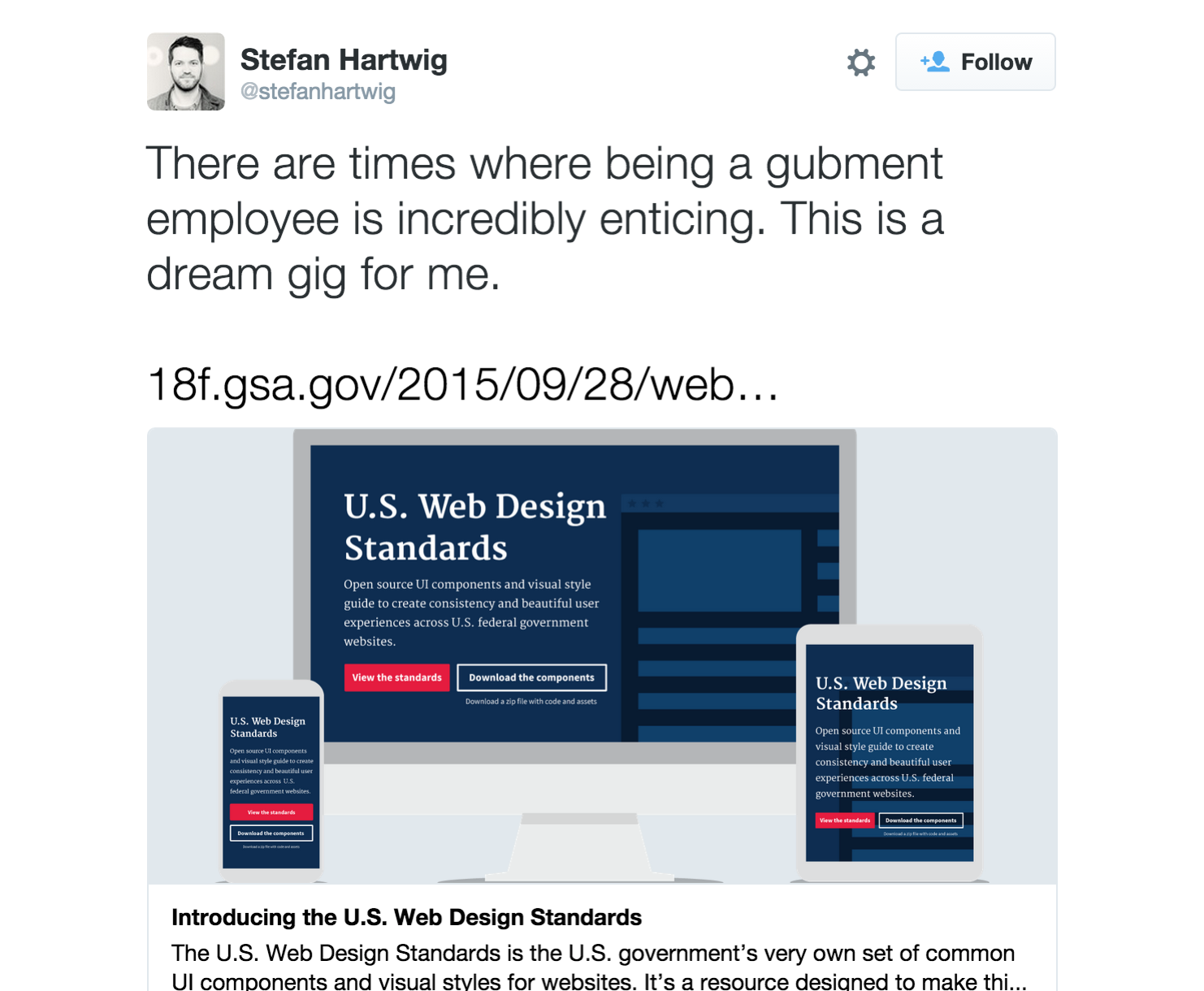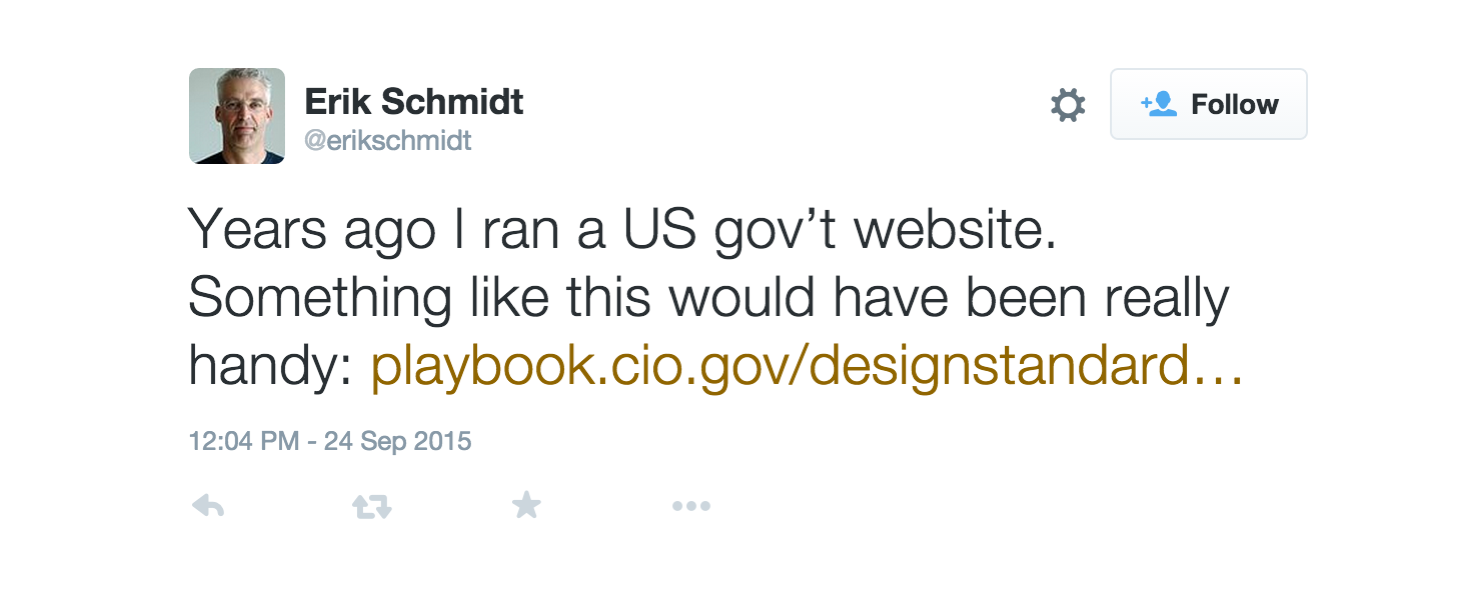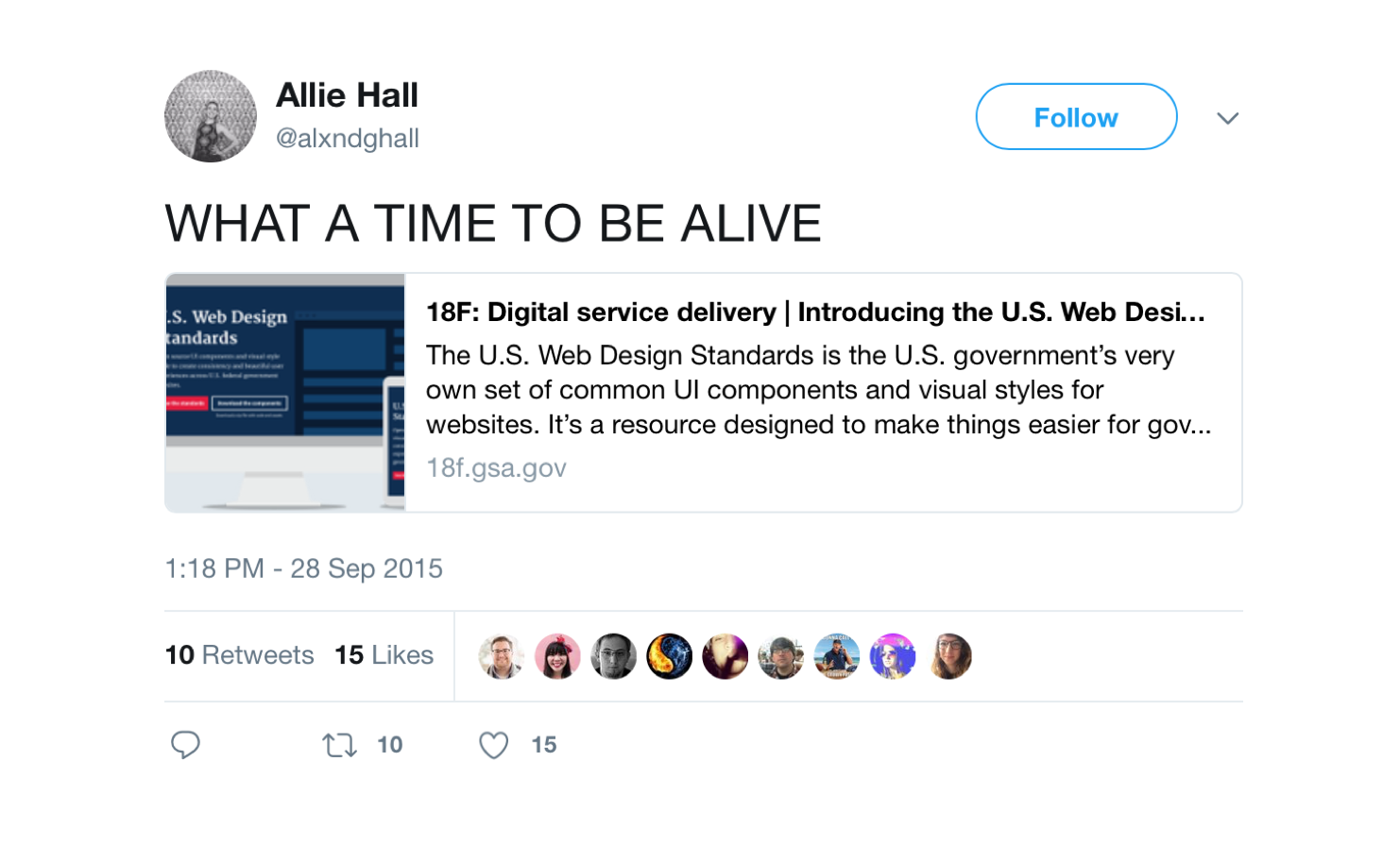U.S. Web Design Standards
Brief
The U.S. Web Design Standards is an open-source pattern library and visual style guide to help government agencies quickly stand up accessible and responsive websites. I was on the initial team that took the standards from proposal to initial (alpha) release.
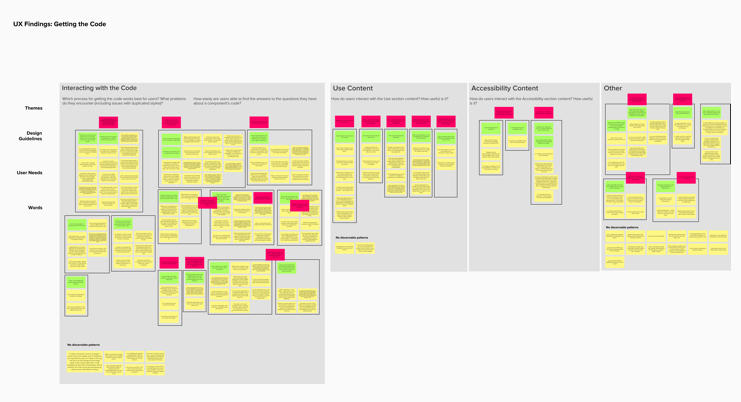
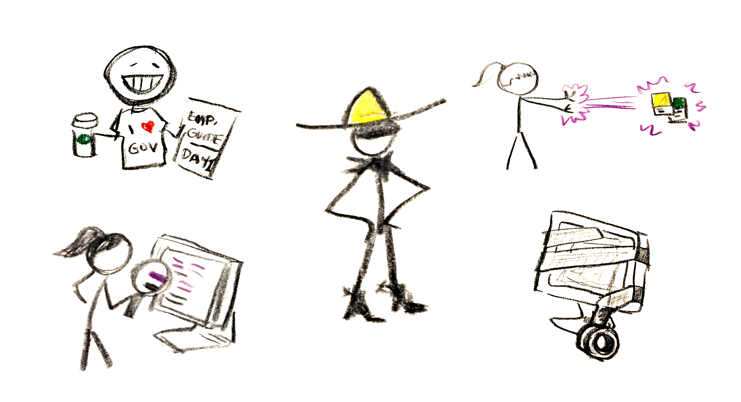
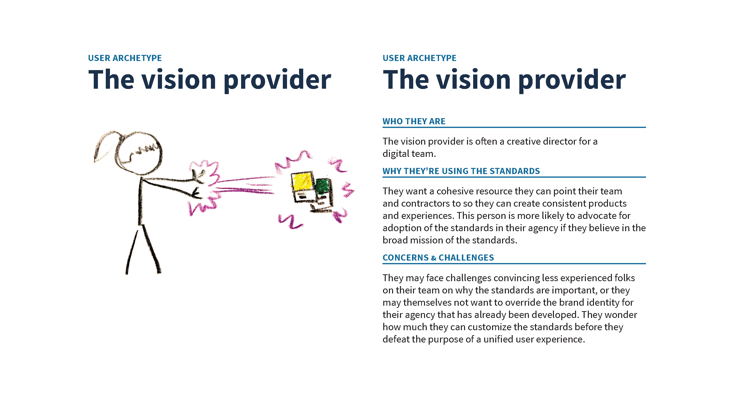

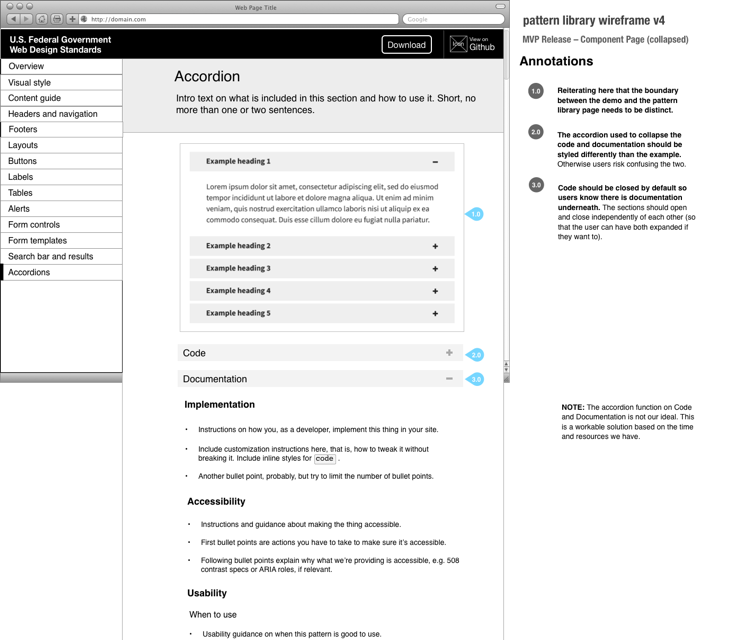
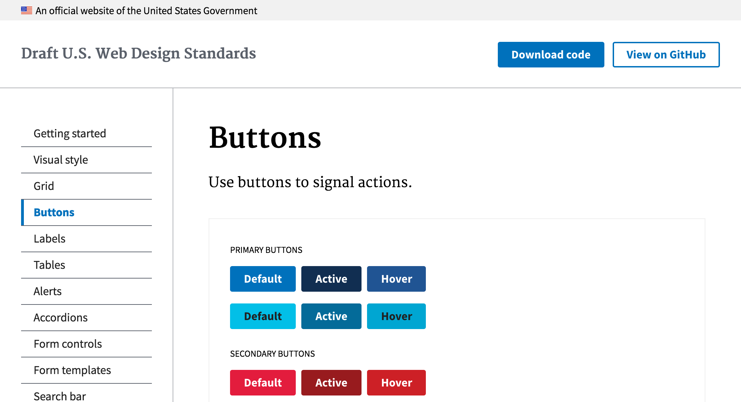
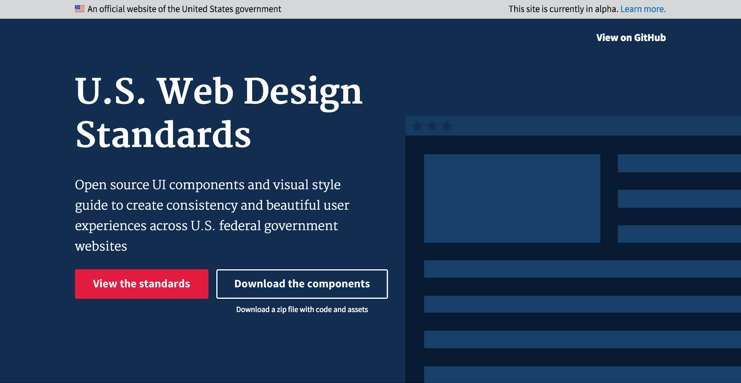
What I Did
- Conducted remote and in-person user and stakeholder interviews to surface goals, pain points, and needs
- Collaborated on a comparative analysis of other public and private sector pattern libraries and front-end frameworks
- Communicated research findings to product team and stakeholders to inform product vision and strategy
- Developed and maintained a set of user archetypes to represent government technology workers
- Conducted usability testing both with government tech workers who would use the library, as well as members of the general public who would ultimately interact with the patterns on government sites
- Contributed to MVP planning and identifying project milestones
- Wrote documentation for best practices in usability and accessibility
- Developed and executed processes for mobile testing and for prioritizing bug fixes
- Conducted remote collaborative design sessions to prioritize feature development and releases
Key Techniques and Deliverables
- facilitating design discussions
- collaborative design sessions
- user archetypes
- wireframes
- interaction design
- user and stakeholder interviews
- usability testing
- affinity diagramming
- content creation
- journey maps
Results
The U.S. Web Design Standards launched an alpha version in the fall of 2015 to wide acclaim. The GitHub repo quickly became 18F’s most forked (over 500 copies) and starred (over 3,000 stars) project. Teams from various federal agencies have reported back on its ease of use, accessible foundation, and clean design, while also saving the team on development time.
The standards have been used in projects for the Veterans Affairs Administration, the Office of Personnel Management (USAJobs.gov), the Environmental Protection Agency (epa.gov), and various other public and private sector organizations.
We also got some pretty great tweets.
